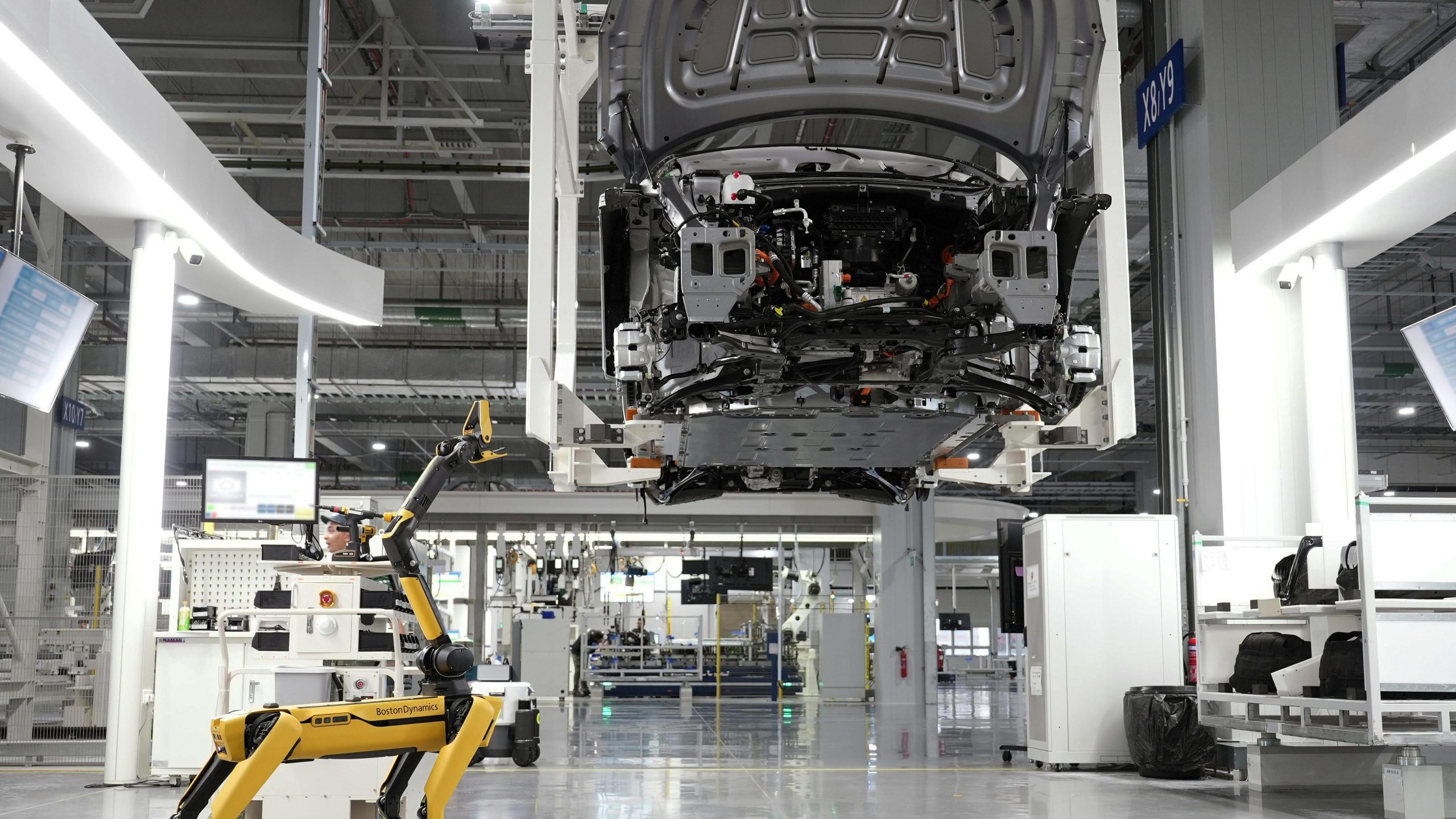
| • Forming workshop | |
| Stamping process | emulsion oil mist (particle size distribution of 0.1–5 μm, concentration of 50–150 mg/m³) |
| Die casting process | release agent fume (including PAHs 8-15μg/m³),waste gas from aluminum alloy melting (fluoride 30-50ppm) |
| • Welding workshop | |
| Resistance welding smoke | metal oxide (Fe₂O₃ 60–80%), PM₂.₅ accounted for more than 90% |
| Laser welding exhaust gas | nanoscale metal aerosol (particle size <100 nm, flux 2–5 g/h) |
| • Painting workshop | |
| Spray paint exhaust gas | benzene series substances(200-800mg/m³), esters, ketones |
| Drying exhaust gas | concentration range of 1,000–2,000 mg/m³ |
| • Battery workshop | |
| Electrolyte filling | DMC/EC mixed solvent volatilization (boiling point difference of 50 °C, concentration fluctuation of 200–1,500 mg/m³) |
| Battery encapsulation | polyurethane adhesive curing release isocyanate (TDI concentration 5–15 ppm) |
| • Final assembly workshop | |
| Interior bonding | Volatilization of Neoprene gel containing dichloromethane (concentration 80-200mg/m³) |
| Refrigerant filling | HFC-134a escape rate 0.3–0.8% |
In the painting workshop, the air volume of the spray booth needs to be balanced, and the wind speed control accuracy should be ±0.2m/s
The temperature of the exhaust gas in the drying process suddenly rises from room temperature to 120℃ (the change rate > 30℃/min)
LEL concentration of spray painting booth should be maintained at 15-25% of lower explosion limit (dynamic adjustment response time <5s)
the height of welding workshop is generally <6m
